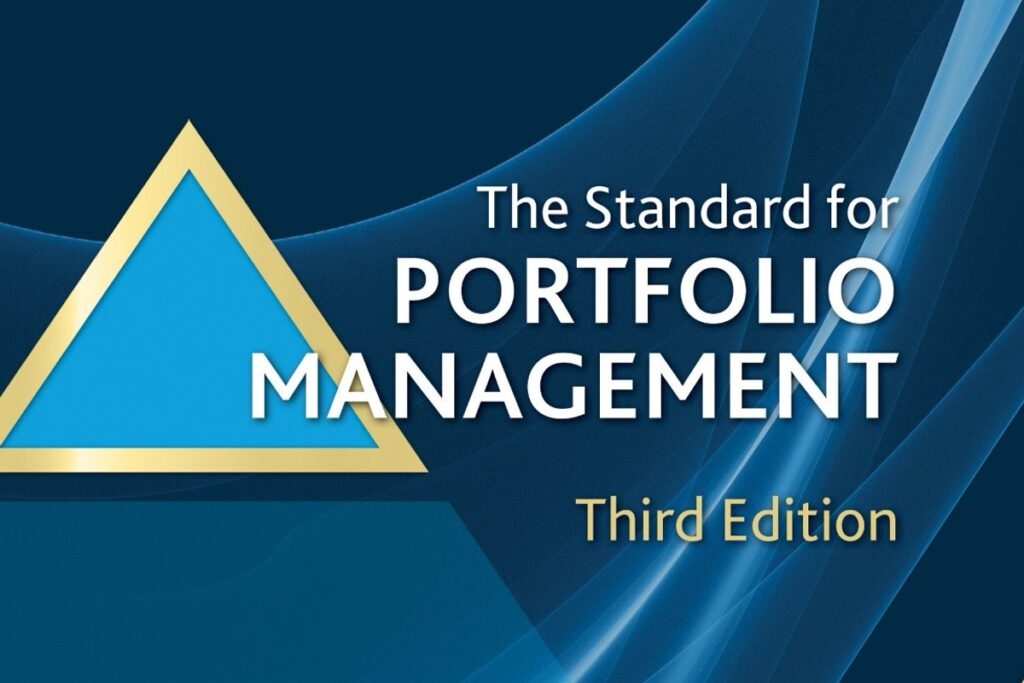Published in 2005, PMI’s The Standard for Earned Value Management – First Edition was a major milestone in formalizing Earned Value Management (EVM) as a globally recognized performance management tool. Designed to standardize EVM across industries and disciplines, this edition provided a clear, structured, and process-oriented approach for integrating scope, schedule, and cost management.
Though later refined in the Second Edition (2019), the First Edition laid the groundwork for using EVM not just as a cost tool, but as a strategic decision-making framework for complex projects and programs.
Historical Context and Purpose
Before 2005, EVM was widely used in the U.S. federal sector—especially defense and aerospace—but lacked a centralized, accessible, and PMI-aligned standard for broad application.
PMI’s First Edition brought:
- EVM into the PMBOK-aligned ecosystem,
- Defined terminology and formulas,
- Positioned EVM as a core tool for project control, performance assessment, and forecasting.
Its release addressed the needs of project managers, cost controllers, and PMOs in both public and private sectors seeking uniform practices and performance indicators.
Key Features and Structure
The First Edition follows a process-based structure, typical of PMI’s style at the time. It focuses on the application of EVM within a predictive (waterfall) project environment.
Core Components Include:
- Performance Measurement Baseline (PMB)
- Definition and creation of time-phased budgets for performance tracking.
- Work Breakdown Structure (WBS) and Control Accounts
- Organizing work for effective scope and cost integration.
- Core EVM Metrics
- Planned Value (PV), Earned Value (EV), Actual Cost (AC)
- Performance indices: CPI, SPI
- Forecasting metrics: Estimate at Completion (EAC), Variance at Completion (VAC)
- Data Collection and Analysis
- Guidance on tracking, analyzing, and interpreting performance trends.
- Management Control
- Integrating variance analysis with change control and stakeholder reporting.
The standard is methodical, designed to ensure consistency and traceability in how EVM is applied, especially in regulated or contract-heavy environments.
Strengths of the First Edition
✅ Standardization
Provided for the first time a uniform EVM methodology aligned with PMI’s project management principles.
✅ Bridging Practice and Theory
Bridged the gap between U.S. Department of Defense EVM practices and PMI’s general project management framework, making it more accessible to commercial project teams.
✅ Clear Metrics and Definitions
The guide introduced and clarified the essential EVM formulas, reducing ambiguity in communication and reporting across stakeholders.
✅ Project Forecasting Capability
Enabled data-driven forecasting for cost and schedule, giving project managers tools to anticipate problems early.
✅ Scalable Framework
Though designed with large projects in mind, the standard’s components could be scaled down for mid-size efforts.
Limitations of the First Edition
❌ Overly Predictive Bias
The standard was developed with traditional, plan-driven projects in mind. It lacked flexibility for iterative or agile delivery models.
❌ No Agile or Hybrid Adaptation
In 2005, agile was on the rise, but not addressed at all in the standard. This would limit its application in fast-evolving product teams or tech environments.
❌ Limited Guidance on Implementation
While metrics were defined, the standard did not include templates, tools, or case studies for practical deployment.
❌ Steep Learning Curve
The terminology (control accounts, performance baselines, work packages) could be intimidating for teams new to structured cost control.
Best Use Cases
The First Edition was best suited for:
- Defense, aerospace, and government contractors
- Large infrastructure or capital projects
- Organizations under contract requirements to report performance data
- PMOs formalizing portfolio-level performance oversight
Less suited for:
- Small to mid-sized teams with lean management styles
- Agile or hybrid projects with evolving scope and deliverables
- Projects with low cost sensitivity or short durations
Legacy and Impact
PMI’s First Edition of the EVM Standard:
- Helped mainstream EVM into global project management.
- Provided the basis for future iterations that would expand scope, integrate with agile, and support lean portfolio governance.
- Encouraged project managers to become performance-focused leaders, not just delivery administrators.
Its greatest contribution was the formal integration of scope, cost, and schedule performance—transforming how progress was measured and understood across disciplines.
Conclusion
The Standard for Earned Value Management – First Edition was a landmark publication for bringing EVM into the mainstream of professional project management. It offered a clear, disciplined methodology that continues to influence how project health is measured today.
Though it shows its age in terms of adaptability and implementation detail, it remains a foundational reference for PMOs, government contractors, and large-scale project teams. Its legacy lies in turning EVM from a defense-sector tool into a globally adopted standard for performance management.




